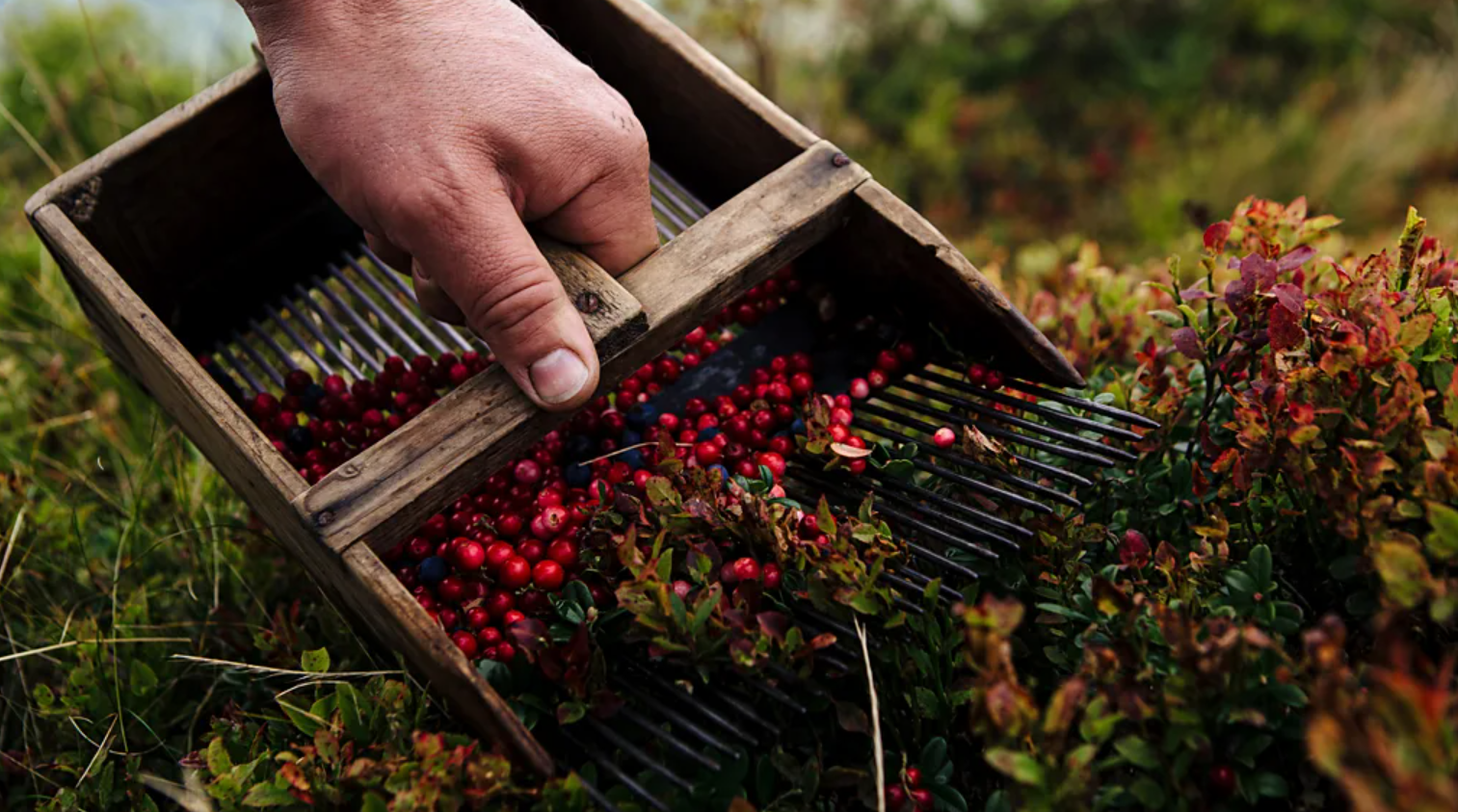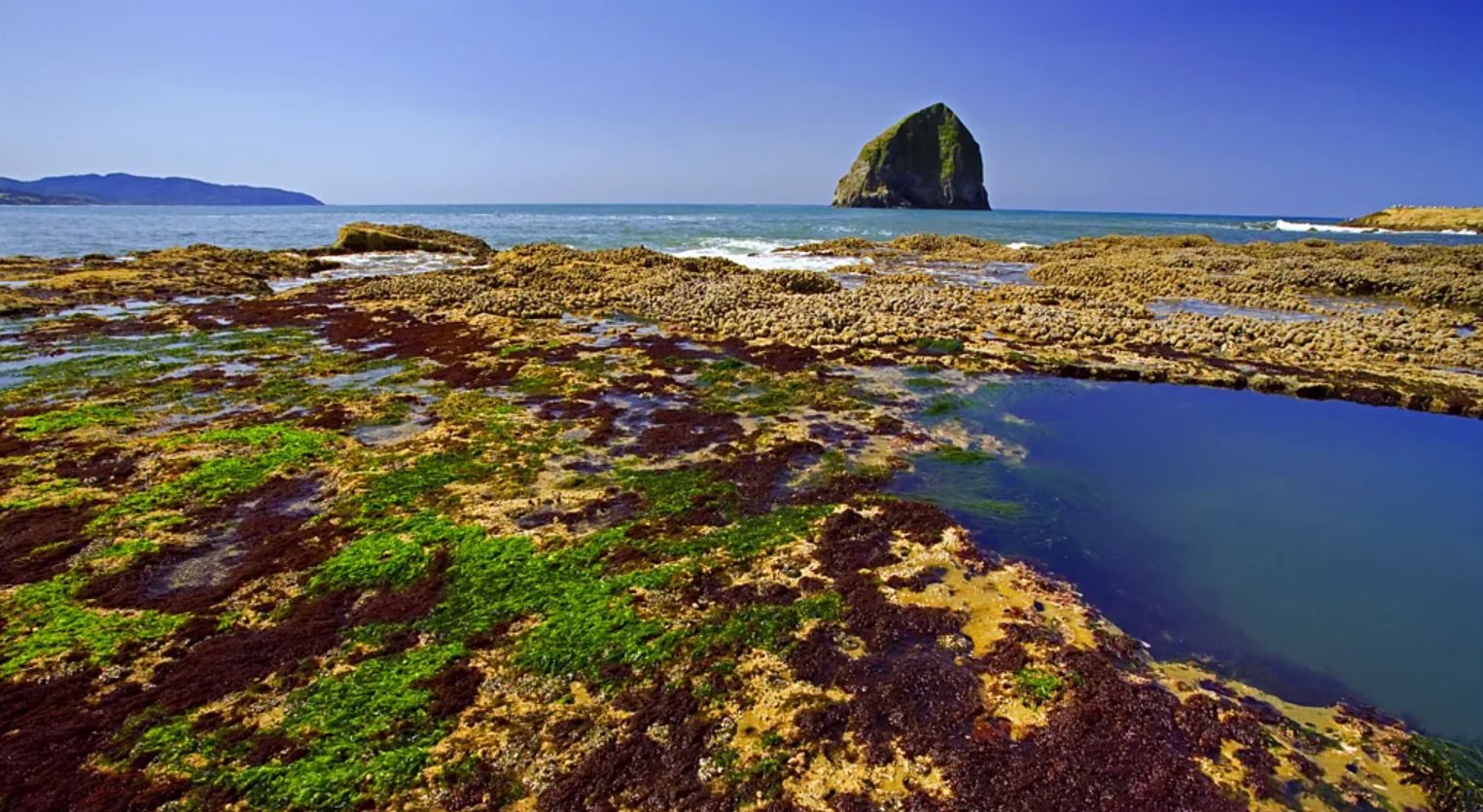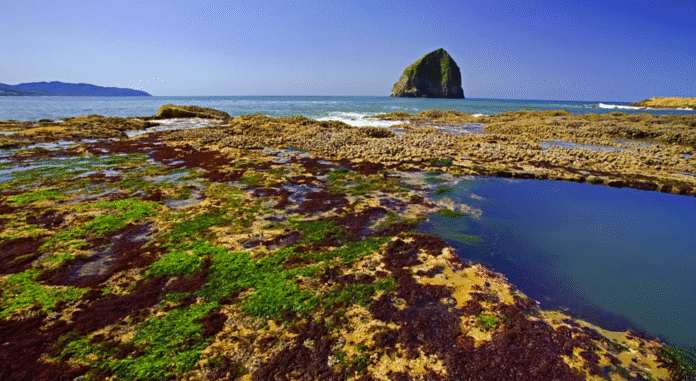Foraging your own food has become one of the fastest-growing lifestyle trends among eco-minded people. From seaside seaweed hunts to mushroom walks in the forest, thousands are rediscovering what our ancestors once relied on: nature’s pantry. But is foraging your own food truly sustainable, or could it carry more risks than rewards?
Foraging Your Own Food: A Path Back to Nature
On a warm April evening along England’s Jurassic Coast, I joined a seaweed foraging class. Standing on the sand with salty air around me, I lifted a piece of seaweed and inhaled its sharp tang. Our guide, Dan Scott of the UK Association of Foragers, explained how each type can be eaten, cooked, or preserved.

He pointed out that harvesting responsibly means cutting seaweed without uprooting it. “If you leave part of the fronds, it grows back,” he said. The group learned not just how to collect food but also how to respect the ecosystems that produce it.
This hands-on experience shows why foraging your own food is more than a hobby. It reconnects people with the land, teaches sustainable habits, and sparks an appreciation for ecosystems often taken for granted.
The Rise of Foraging in Modern Life
Foraging your own food is no longer reserved for survivalists or rural families. Urban dwellers are picking mushrooms in New York’s Central Park, berries in Sweden, and wild garlic in English woodlands. In fact, studies show a resurgence of foraging in the UK and North America, driven by people who want to escape pesticide-laden supermarket produce.
Dr. Janani Sivarajah, a Canadian researcher at Université Laval, says the activity offers more than food. “It brings people together, connects us to the land, and reminds us of the deep relationship humans once had with forests,” she explains.
Health Benefits of Foraging Your Own Food
Foraging your own food isn’t just fun, it can be a nutritional powerhouse. Seaweed, for example, is rich in iron, potassium, and magnesium. Research suggests it supports weight management and may even help regulate blood sugar levels.
Mushrooms like porcini or morels provide plant-based protein, antioxidants, and vitamin D. Berries, such as bilberries and lingonberries, are packed with natural antioxidants and immune-boosting compounds.
These wild superfoods show that foraging your own food can offer a healthier, more nutrient-dense diet than processed alternatives.
The Hidden Dangers of Foraging
But here’s the catch: foraging your own food can also be risky.
-
Toxic plants & mushrooms: Deadly look-alikes, such as the “death cap” mushroom, have caused hospitalizations. Experts strongly advise against eating wild mushrooms without guidance from trained foragers.
-
Pollution risks: Plants near highways or industrial zones absorb heavy metals. A recent study found urban wild edibles can carry lead and zinc above safe levels.
-
Overharvesting: If large groups take too much, ecosystems suffer. The UK’s National Trust has warned about unsustainable mushroom and garlic picking in conservation areas.
As Scott, my seaweed guide, summed it up: “If 25,000 people harvested the same beach, nothing would be left. Take just what you need for dinner.”

Is Foraging Sustainable or Not?
Supporters argue that foraging your own food reconnects people with nature, creating stronger advocates for conservation. Yet researchers caution it won’t single-handedly solve environmental problems.
Dr. Steffen Hirth of the University of Leeds calls it a “commodity of the wealthy,” noting that urban elites often forage for novelty rather than necessity. Still, for marginalized communities, it can provide real food security.
Ultimately, sustainability depends on how we forage: harvesting small amounts, leaving resources for wildlife, and avoiding fragile habitats.
Cultural & Emotional Value of Foraging
Beyond survival and nutrition, foraging your own food creates emotional bonds. Swedes collecting lingonberries each autumn, families gathering mushrooms in American forests, and city dwellers learning to identify wild herbs all describe the same feeling: a quiet, mindful connection to the earth.
As one forager explained, “It makes you feel like a king, turning what’s free in nature into a meal that money can’t buy.”
Safety Tips for Foraging Your Own Food
-
Go with an expert guide — never forage mushrooms alone.
-
Avoid high-traffic areas — pollution can contaminate plants.
-
Harvest responsibly — take no more than 5% of what you find.
-
Don’t eat raw mushrooms — many are only safe when cooked.
-
Research local laws — foraging is restricted in many parks.

